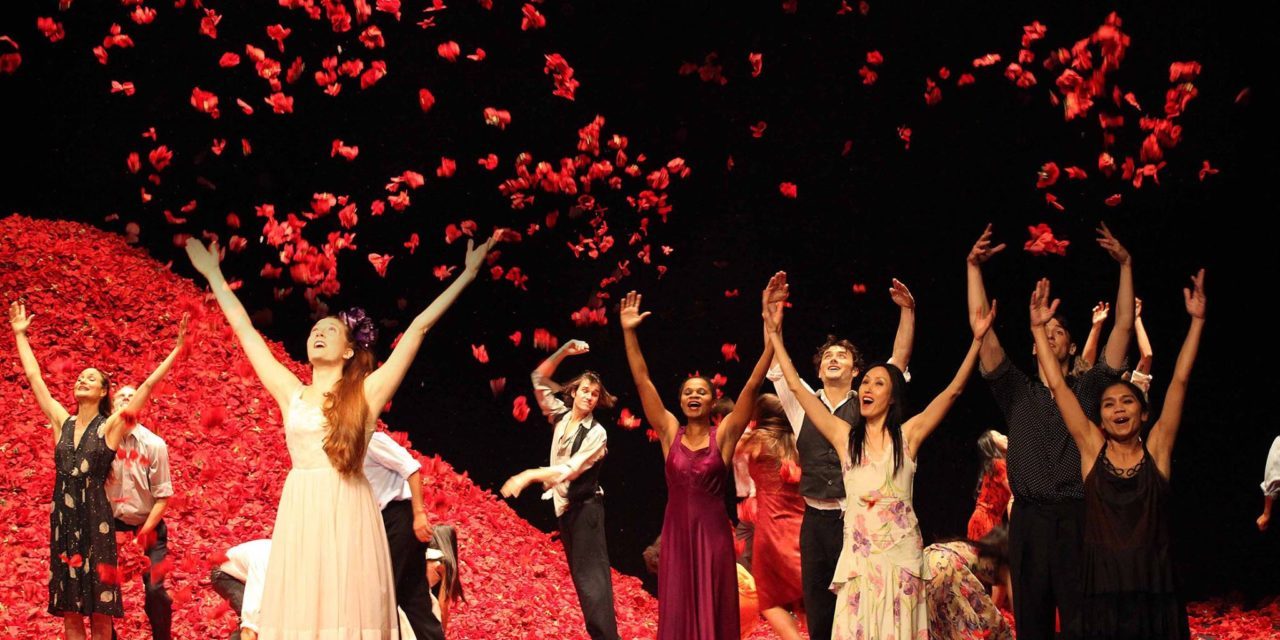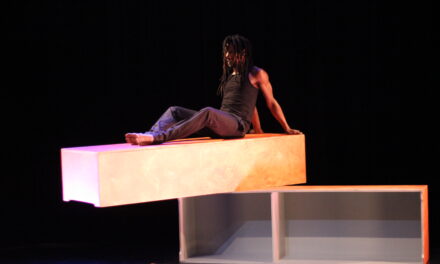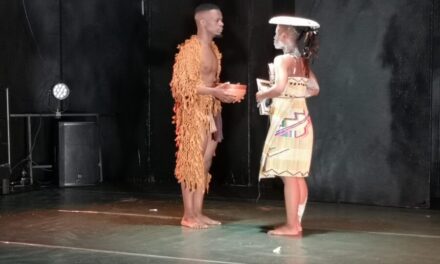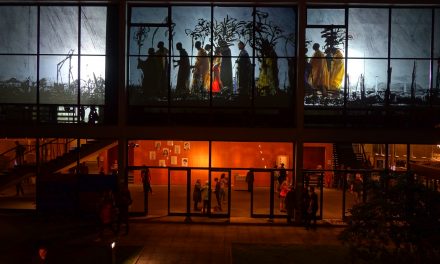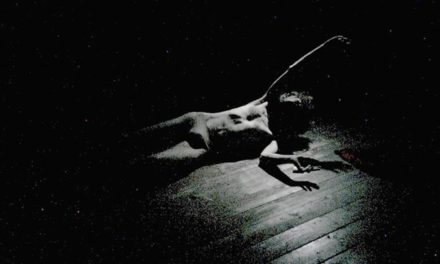What remains of the dance experience when it is put in a museum? How can the liveliness of the mobile art form be preserved? The exhibition “Pina Bausch and the Tanztheater” that took place in Bonn this March, faced this challenge.
The Pina-Bausch Company was dancing Café Müller (1978), Palermo Palermo (1989) or another of the approximately 50 masterpieces of the dance icon from Wuppertal. Despite doing their utmost to get a ticket, dance fans rarely succeeded in experiencing one of these pieces of dance history. The German choreographer Pina Bausch (1940 to 2009) revolutionised contemporary dance with her works. She was the first to combine dance with song, artistry and performance art, and in so doing she created a new stage form, dance theatre. “I am less interested in how people move than in what moves them“ was her maxim.
A dance evening by the Pina-Bausch Company, which even after the death of Pina Bausch is still touring the world, is a must-see for dance aficionados. In the theatre foyer, one can already sense the joyful anticipation of the audience. Once seated, people leaf through the programme, chat quietly to one another. As soon as the lights are dimmed, silence falls. The dancers appear, and the audience is plunged into this fascinating and emotive world of bodily expression, music and costumes for the duration of the performance. Finding words to express what has been experienced may not be easy, for dance often appeals to its audience on a deeper, emotional and direct level.
DANCE IN DISPLAY CABINETS
Yet what remains of this special experience when one puts it in a museum? What happens to the liveliness of dance? What aspects that are only implicit in a performance may now become visible? In 2016, the Art and Exhibition Hall in Bonn together with Berlin’s Martin Gropius Bau launched the attempt to display the work of this choreographer. Pina Bausch and the Tanztheater is the name of the exhibition curated by Salomon Bausch, Miriam Leysner and Rein Wolfs.
Many dance exhibitions revolve around photographs, theatre posters, video clips, costumes and all sorts of mementos assembled in connection with the dance productions. Treasures of this kind were also borrowed from the Pina Bausch Foundation. A stroll alongside the showcases takes the viewer back to the beginnings of Bausch’s career. The exhibits grant insight into her biography: who from 1955 trained at the Folkwang Academy in Essen under Kurt Jooss and then moved to New York, having gained a scholarship for the Juilliard School. She began performing with the Ballet Company of the Metropolitan Opera House, finally returning to Essen as a soloist in Kurt Jooss’ newly-founded Folkwang-Tanzstudio. It was there that Pina Bausch produced her first own choreographies that contributed to the development of her legendary dance theatre. Since the dance itself only exists in the moment of performance, these exhibits are required as representatives that – although unable to replicate the stage experience – do provide insight into the dance-historical context. Like a collage, these objects reveal concealed aspects. The image of dance thus conveyed is fragmentary and, at the same time, far more multi-faceted than a dance piece itself.
RE-ENACT THE CHOREOGRAPHY PHYSICALLY
To ensure that dance does not become petrified in its artefacts, the exhibition makers reproduced the Lichtburg, the rehearsal room of the Wuppertal Tanztheater, and brought it into the museum as the centrepiece and heart of the exhibition. Here members of the company conveyed the fascination of dance theatre to visitors by means of open training classes, talks and films. In 30-minute workshops, visitors were invited to learn short sequences from various pieces. Participative offers like these, in which the viewer becomes the player, create an experiential space, which the theatre cannot offer. Participants are no longer simply spectators, they experience the movement in their own bodies and re-enact the choreography physically. “I think it was something very special for the visitors to be surprised by the chance to learn a few short sequences of moves from Pina’s work,” said Marigia Maggipinto, workshop director of the exhibition, who has been a dancer in the Pina Bausch Company for many years. “It was wonderful to see how people change their status and their attitude to life, transforming it into great energy when they begin to dance.”
Yet no matter how exuberant one feels on leaving the museum, or how much one has learnt about the life and work of Pina Bausch, the real art, the dance itself, can only be experienced in the actual performance. “We cannot show the work of Pina Bausch here,” said Salomon Bausch, director of the Pina Bausch Foundation, in an interview. “The pieces are performed on the stage. Anyone wanting to experience her work must go to the theatre in Wuppertal.“
This post was written by the author in their personal capacity.The opinions expressed in this article are the author’s own and do not reflect the view of The Theatre Times, their staff or collaborators.
This post was written by Sabrina Schleicher.
The views expressed here belong to the author and do not necessarily reflect our views and opinions.

